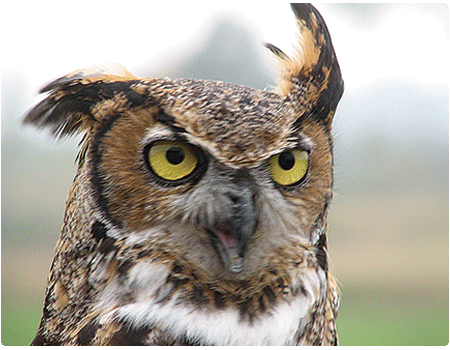
The goal of wildlife rehabilitation is to release injured and orphaned wildlife safely back into the wild.
Wildlife rehabilitators are individuals that have been granted wildlife rehabilitation permits in accordance with statute 10 V.S.A. § 5215(b) and regulation 10 V.S.A. App. § 9.
Becoming a wildlife rehabilitator requires a huge investment of time, money and heart. Rehabbers must receive extensive training and devote a considerable amount of space to the wildlife in their care.
The following information will help you understand the policies and protocols for licensure:
- Wildlife Rehabilitation Is It for You?
This booklet from the Wildlife Rehabilitator Recruiting Project provides a general overview.
- Wild in Vermont Apprentice Program Package
A group of Vermont Information on an apprentice program sponsored by Wild in Vermont rehabilitators.
- Vermont Wildlife Rehab Regulations
Vermont’s regulation regarding wildlife rehabilitation. For your own safety you need to learn them.
- VFWD Wildlife Rehabilitator Permit Application (pdf version /word version)
If you already have significant rehab experience you could submit this form now. If not, apprenticing is the smartest, safest and cheapest way to get started. Read it to understand what will be expected of you.
- List of Wildlife Rehabilitators
Use it as a checklist when interviewing rehabbers.
- Minimum Standards for Wildlife Rehabilitation
Beware, this is a large and detailed document, save it for last.
- Visit the National Wildlife Rehabilitator's Association (NWRA) website, attend Wildlife Rehabilitation conferences, and read the book Principles of Wildlife Rehabilitation from NWRA (you’ll get a “free” copy if you take an NWRA rehab basics course).
What to Do Next
- Download and read the first four items listed above.
- Make note of any questions you may have.
- Call Nancy Carey (802-899-1027) to learn about becoming a licensed wildlife rehabilitator.
- Visit or call one or more of the licensed rehabilitators to gain their perspectives.
- Ask questions—lots of questions—about the species they work with, gaps in species coverage in your area, costs involved, time commitment, paperwork, and what happens when animals die). Ask several rehabbers the same questions.
- Once you feel ready to proceed, find a sponsor with whom you can apprentice. Apprenticing is the only way to fully appreciate the realities of wildlife rehabilitation without going to the expense of establishing your own wildlife care facility.
See also:
Wild In Vermont Inc
PO 163, Underhill Center, VT 05490
802-899-1027
Visit Wild in Vermont on Facebook
